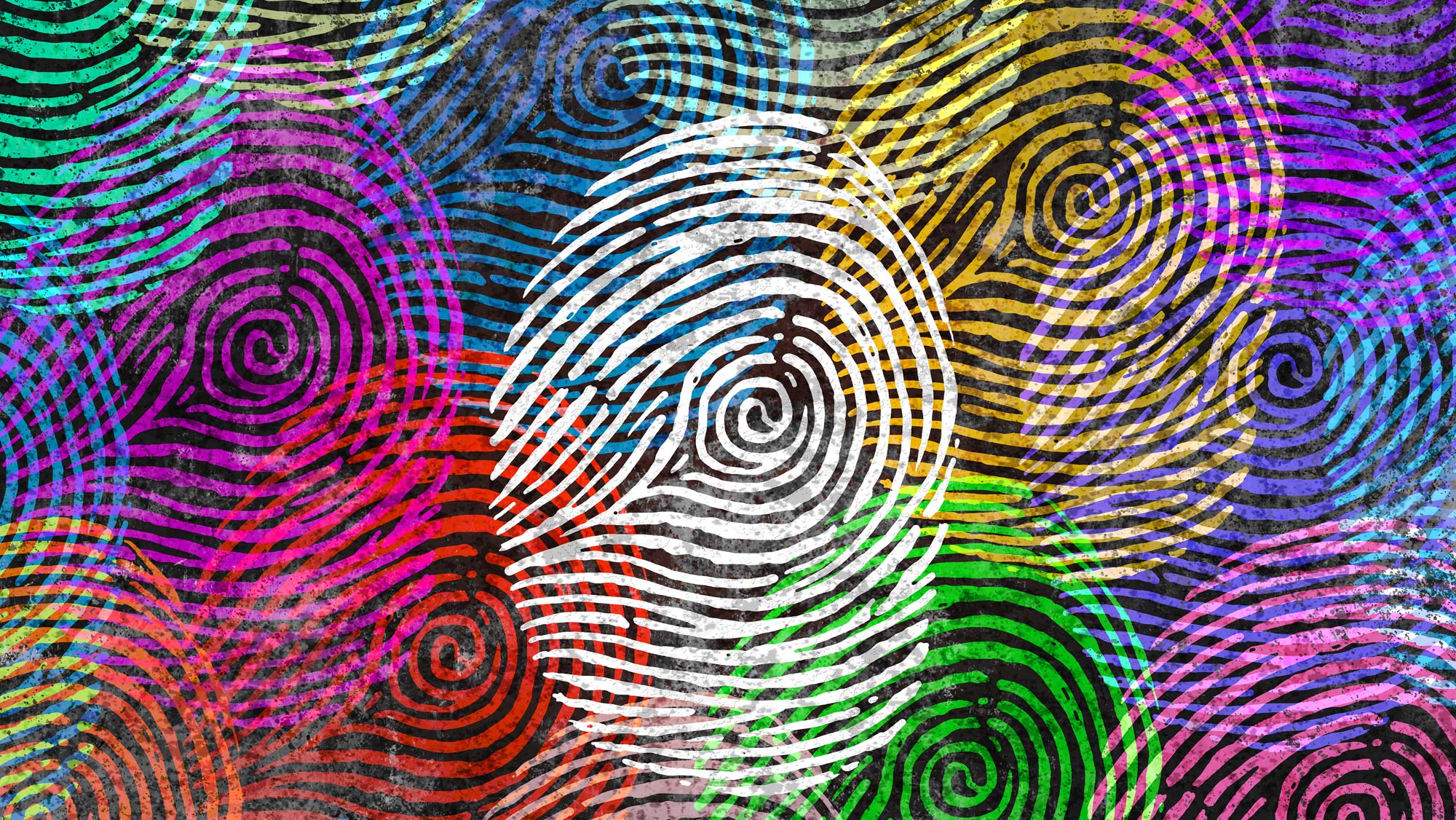Here is an insight that you can apply any time you feel negativity as you go throughout your day. This insight has the power to:
- take the edge off of the negativity,
- help you “digest” the emotion with more ease,
- Bolster your confidence in your ability to accommodate and manage negative emotions.
This insight fits nicely into our 10-day series on the benefits of meditation, because a regular meditation practice is just the ticket to become skilled at applying this insight.
To learn more, watch our video below or read on!
Strip negativity down to its perceptual essence
Here it is. It is quite simply the realization that you have the power to make negativity much more manageable by reducing it to what it actually is, an e-motion (or energy in motion) in your body.
As such, negative feelings typically have a palpable bodily sensation that goes with them.
How can you focus on the bodily sensation? By a process of elimination. You strip away the other aspect of the negative experience. The STORY—the thoughts and beliefs—that are glommed on to (and probably gave rise to) the negative emotion. Yes indeed, the story and the emotion are actually two perceptually separate things. When you focus on the bodily sensation and strip away the STORY around the emotion, the emotion becomes far less daunting, hooking and space-filling. The emotion is more likely to loosen its grip over your experience.
A real-life example—the feeling and the story aren’t the same thing
Let’s walk through an example.
You get to work. You cross paths with a coworker in the hallway and give her a big friendly smile and a “hello.”
She ignores you and seems to have small yet perceptible scowl playing on the corners of her lips as she passes.
Enter your inner monologue:
- She didn’t say hello back!
- And was she scowling?
- Was she scowling at me?
- What did I do to her?
- That was rude!
- I don’t deserve that!
- Wait, DO I deserve that?
- Did I say anything off putting to her?
- This is gonna be so awful and awkward…
- I have to work with her closely all week.
- Why can’t people be more civil??
- This is just what I need first thing in the morning…
It seems instantaneous, all of those thoughts immediately work you into funk.
Now pause. There are multiple things in your experience right now, namely:
- the funk (the bad feeling) and
- the thoughts that gave rise to it and stuck on to it.
These are subtle things, so you tend to conflate the two without discerning the difference.
The skilled maneuver would be to find the “funk” feeling in your body, however subtle, and set your attention on that. Anchor your attention on the palpable body sense.
Your mind can only focus on one thing at a time. So when you focus on the bodily sensation of that negative feeling in your body, you are effectively no longer feeding your attention to the negative thoughts that gave rise to it. By no longer granting those thoughts your attention, you nip their self-reinforcing snowballing in the bud.
And by bringing your attention to the body, you are lending your attention to what is actually happening. Not to thoughts that are describing an interpretation of what is happening. Focusing on bodily sensations bring more of an attitude of neutrality and mindfulness to the situation.
Don’t worry—you’re not in danger of repressing
The beauty of this technique is that it is non-repressive. You are not ignoring your feelings and emotions or bottling them up.
Quite the opposite, actually you are diving into a given feeling head-on with your attention, distilling it down to what it is (emotion, or felt sensations in the body) and cutting out what it is not (the story that may have stirred them up and that you then overlay on top of them).
Dealing with your stories—those sets of thoughts and beliefs you have about areas of your life—is a whole other ball of wax and beyond the scope of this article. But part of that ball of wax is about reducing the importance you place on your stories, understanding that the fact that you think them does not make them true. And how better to reduce the importance you place on something than to reduce your attention from it?
This practice of focusing on the feelings themselves—and therefore no longer feeding your attention to your story—certainly helps reduce the intensity of a story—even if it is a long held one.
Good old transiency
When you identify a negative emotion as a feeling in the body, you become sensitized to the transient nature of feelings. When the nature of an emotion—its transiency—is kept top of mind, the emotion suddenly feels more manageable.
Just look at how you deal with a small headache that crops up. You probably don’t FREAK OUT about it. Sure it’s unpleasant, and perhaps it affects your mood and productivity. But ultimately you are not that bothered because you know from past experience that this headache will pass.
The same thing applies to a feeling that is stripped of its story-overlay. You experience it as a palpable sensation in the body. You give it your loving attention. And can even sometimes watch as the feeling changes and ultimately passes.
It really takes the edge off of difficult emotions to appreciate their transiency as you experience them.
How meditation trains you to distill the feeling itself
In order to apply this insight, you need to be able to apply some pretty subtle mental work:
- Have the presence of mind to REMEMBER to reduce a negative emotion to its felt sense in the body when you feel one arising
- Sensitize yourself to the sometimes extremely subtle felt-sense of emotion in the body
- Hold your attention on the felt sense
… There’s nothing better than meditation to help you cultivate these skills. Again, it can be subtle work!
Some emotions are easier to feel than others
Anger is usually an easy one for people to feel in the body. For me, I tend to feel hot prickles in my scalp and face.
Anxiety is usually shows itself pretty strongly too, often with feelings of spurts of adrenaline in the chest area, or closing in the throat.
But other feelings—like being in a vague funk, can feel much more diffuse and difficult to pinpoint in the body. Meditation to the rescue! It’s just the ticket for developing those fine-sensing skills (more on that in our lesson on how meditation helps you pick up on the subtleties of experience).
Suggested meditation that sensitizes you to body sensations (among other things!)
The objective here is to practice focusing on felt sensations in your body. You can do this meditation regardless of whether or not you have a negative emotion to “work with.”
If you DO happen to be feeling negatively right now…
How fortuitous! =) Try spending the meditation period pinpointing where and how you feel that emotion on the body—to the exclusion of any thoughts you have about that emotion. If any thoughts come up, acknowledge them, and gently bring your attention back to the felt sense of emotion in the body.
If you don’t have any noticeable negative feelings presenting themselves right now
Just scan your body from your head down to your feet and see what you feel. Once you pick up on a palpable bodily sensation—whether it’s heat, prickles, pressure, tightness, warmth, etc—you can either
- rest your attention on it for the remainder of the meditation, observing how it changes
- rest your attention on the felt sense for a bit, observing it, and then move on to another part of your body and see what you find there.
As always…
- Sit in a quiet place and minimize distractions (turn off that phone ringer!)
- For this one, it’s preferable to close your eyes.
- Set your timer for the chosen period of time.
- Meditate until the timer goes off.
So many benefits to having a meditation practice
Explore our videos-articles covering several other reasons to meditate below.
- Give yourself a daily vacation with a meditation practice More vacation time with a meditation practice
- Prime your mind to investigate the BIG questions in life with meditation Develop more mental clarity to advance your truth-seeking and deep-thinking
- How to take the ‘problem’ out of your ‘problems’ (meditation to the rescue) Strip the problematic-ness from your problems
- How meditation helps you be less judgmental (and more discerning) Judge less, discern more (and how that makes you happier)
- Use meditation to generate (and spread) positive feelings Generate positive feelings (and spread them) with loving-kindness meditation
- How meditation makes negative feelings more manageable in your day-to-day life Make negative feelings more manageable with this simple technique
- How meditation makes you more like Neo from The Matrix
- Meditation gets you FOCUSED (and therefore happier, and more productive) Train your mind to be more focused (making you happier and more productive)
- Sensitize yourself to the subtleties of experience with meditation Sensitize yourself to the subtle (yet POWERFUL) thoughts and emotions that determine how you interpret the world
- Cultivate the World’s Most Useful Attitude with meditation Develop life’s #1 most useful attitude with meditation: that of acceptance (and why practicing acceptance does NOT make you a doormat)
Questions or comments about meditation or your meditation practice?
We’d love to hear them! Please leave them in the comments below.







